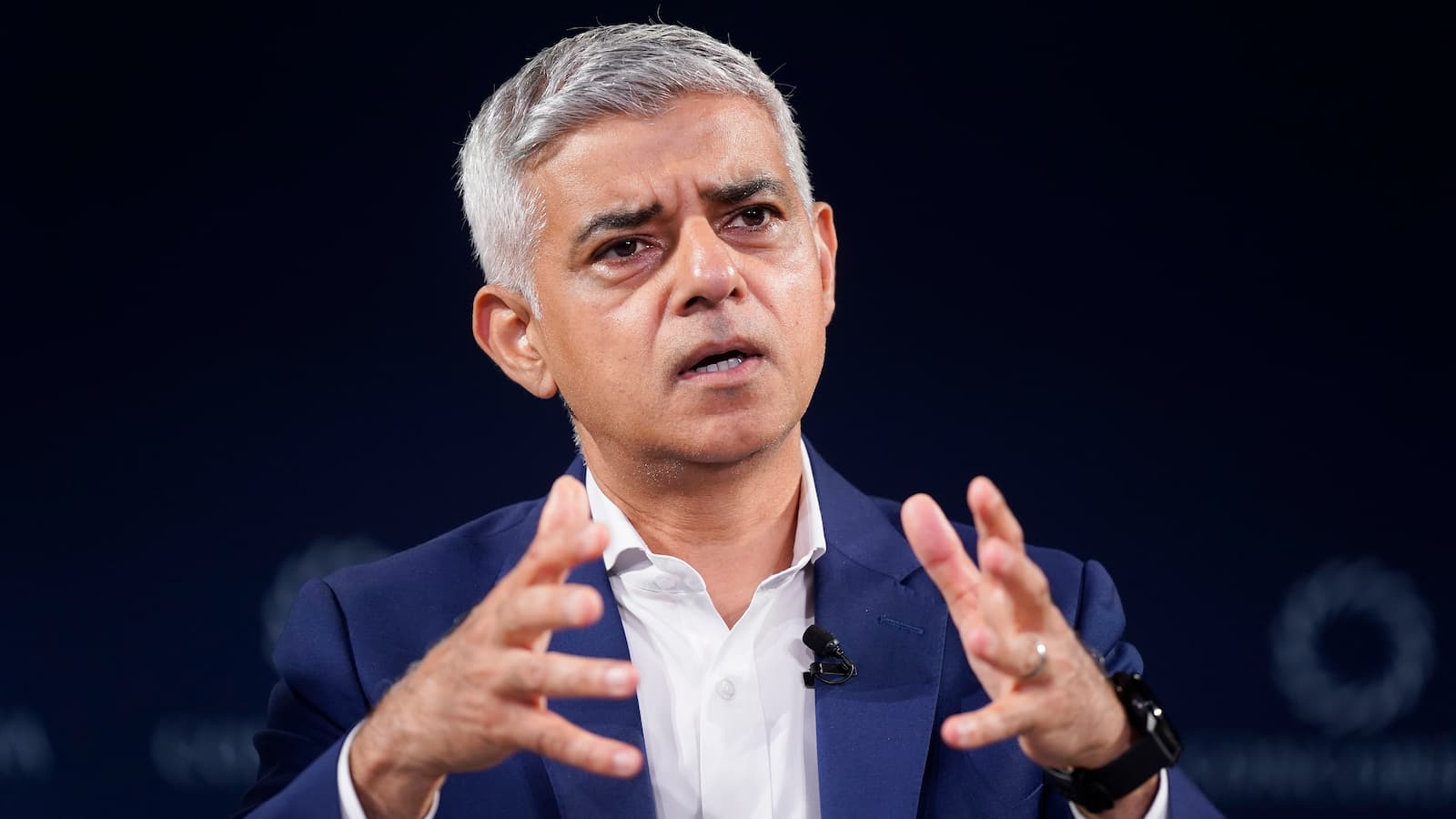Sadiq Khan, the Mayor of London, has been given new powers under the government’s emergency measures to unlock stalled housing projects.
He can now intervene in delayed schemes and approve planning permission for larger developments, including some green belt sites.
While the move promises faster construction, experts warn that high costs and local opposition could still slow progress.
What do the emergency plans include?
The emergency package focuses on giving the Mayor tools to unblock stalled sites. He can take control of planning decisions for schemes that local boroughs have been slow to approve or are inclined to refuse.
For larger projects over 1,000sqm, including some on green belt land, City Hall can now act as the decision-maker, bypassing local vetoes.
Alongside these powers, developers may benefit from a streamlined planning process for sites committing to at least 20% affordable housing, temporary relief from development levies, and a £322 million City Hall Developer Investment Fund to support construction.
Certain design rules are also being relaxed to allow higher-density developments while maintaining basic standards for ventilation, daylight, and privacy.
Which areas could be affected
The Mayor’s new powers are likely to target boroughs and sites where housebuilding has stalled for years.
Areas such as Havering, Bromley, and Enfield, which have recorded very low new housing starts recently, could see previously delayed projects move forward.
In outer London boroughs like Sutton and Hillingdon, larger ‘grey belt’ developments may now progress under Mayor-led approvals. Central boroughs with complex planning processes, including Camden and Islington, could also benefit from the fast-track planning routes.
Sites held back due to financial or regulatory challenges may now become viable for developers, potentially unlocking thousands of homes that have been stalled for years.
Reaction and questions over whether it will work
The government’s new emergency measures have been welcomed as a potential boost for London’s housebuilding efforts, but scepticism remains.
Alister Henderson, Partner at Carter Jonas, described the proposals as “indeed extraordinary, demonstrating that the government is serious about turning around the problem,” while noting that temporary reductions in affordable housing requirements could help unlock more homes.
He also cautioned that London’s housing supply issues are deep-rooted, shaped by inflation, the Building Safety Act, and weak consumer demand, and cannot be resolved quickly.
Homelessness charities, including Shelter, have also voiced concern. They warn that reducing affordable housing quotas may result in fewer genuinely affordable homes being built, potentially worsening the housing crisis for vulnerable Londoners, including the tens of thousands of children currently without stable accommodation.
While the announcement may offer relief to developers stuck in stalled projects and to residents struggling to buy, it is unlikely these emergency measures alone will fully solve London’s chronic housing shortage.
View the original article and our Inspiration here


Leave a Reply